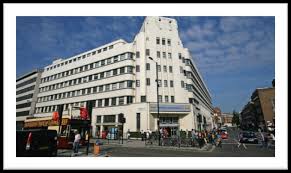Exploring Buckingham Palace: The Heart of the British Monarchy

Introduction
Buckingham Palace, the official residence of the British monarch, stands as a symbol of the British monarchy and its deep-rooted traditions. Located in the heart of London, the palace not only serves as a royal residence but also as a venue for significant state ceremonies and official events. Its relevance is heightened in contemporary society, where public interest in royal affairs continues to thrive, especially in the wake of recent royal events.
History and Architecture
Originally built in 1703 for the Duke of Buckingham, the palace was acquired by King George III in 1761 and has since undergone several renovations. The iconic façade of the palace, with its 775 rooms and the famous balcony where royal family members appear during celebrations, exemplifies neoclassical architecture. The palace’s garden, the largest private garden in London, adds to its grandeur and provides a serene backdrop amidst the bustling city.
Recent Events and Significance
In recent years, Buckingham Palace has been the focal point of numerous significant events. The passing of Queen Elizabeth II in September 2022 marked the end of an era and drew millions to pay their respects, showcasing the palace’s role in the nation’s collective memory. Additionally, the coronation of King Charles III in May 2023 demonstrated the monarchy’s enduring appeal, as it was celebrated with pageantry and public festivities. The palace was adorned with flags, and thousands gathered to witness the historic moments both in person and via broadcast.
Visitor Experience
For many, visiting Buckingham Palace is a dream. The State Rooms are open to the public during the summer months while special exhibitions throughout the year offer insights into royal life. Visitors have the opportunity to explore the art collections and learn about the significant historical artifacts that reside within its walls. The Changing of the Guard ceremony remains one of the top attractions, drawing tourists eager to experience a quintessential British tradition.
Conclusion
Buckingham Palace remains an essential part of Britain’s heritage, embodying the history, culture, and traditions of the monarchy. As it continues to adapt to modern times, the palace serves as both a functioning royal residence and an emblem of national pride. As royal engagements and events unfold around the world, the palace will undoubtedly retain its relevance, keeping the public enchanted with the tales of royalty for generations to come.









